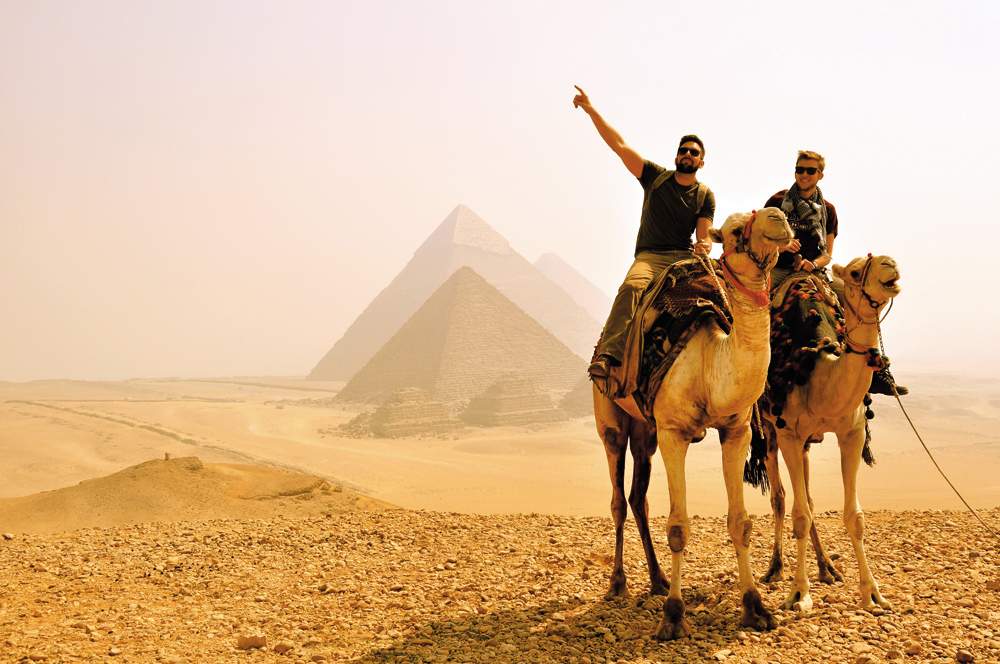Hurghada is famous for its sun-drenched beaches, coral reefs, and luxurious resorts — but Egypt’s soul lies far beyond the shoreline. Behind the shimmering Red Sea lies a land of pharaohs, temples, monasteries, and timeless history waiting to be explored. For travelers eager to combine relaxation with cultural discovery, Hurghada is the perfect base.
From this vibrant coastal hub, you can take unforgettable day trips to Egypt’s most iconic historical sites — including Luxor’s ancient temples, Cairo’s pyramids, early Christian monasteries, and charming desert towns that preserve centuries of heritage.
In this guide, we’ll explore the top cultural day trips from Hurghada, showing you how to dive deeper into Egypt’s past while still returning to your seaside resort by nightfall.
1. Why Choose Cultural Day Trips from Hurghada?
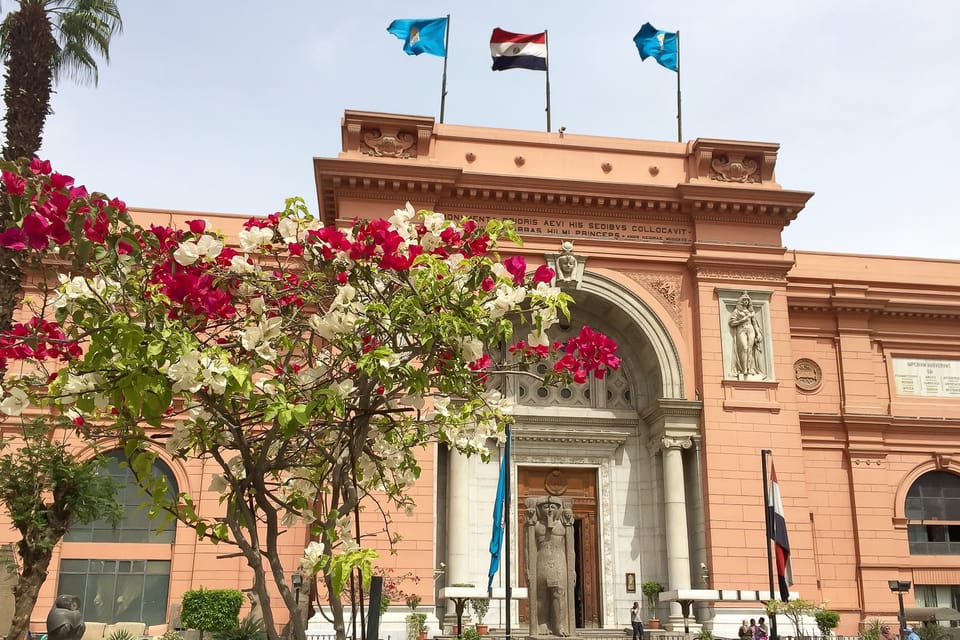
Most travelers know Hurghada for snorkeling and diving, but few realize how ideally located it is for exploring Egypt’s greatest historical treasures. Within just a few hours’ drive or flight, you can experience:
- The temples and tombs of Luxor, the world’s largest open-air museum.
- The Pyramids of Giza and the Egyptian Museum in Cairo, reachable by air or overland tours.
- Ancient monasteries that offer a glimpse into early Christianity in Egypt.
- Historical towns and desert heritage sites, showcasing authentic Egyptian life.
With well-organized tours, comfortable transportation, and English-speaking guides, these cultural excursions let you experience the magic of ancient Egypt — all while enjoying the comfort and calm of your Red Sea resort.
2. Luxor: The Timeless City of Pharaohs
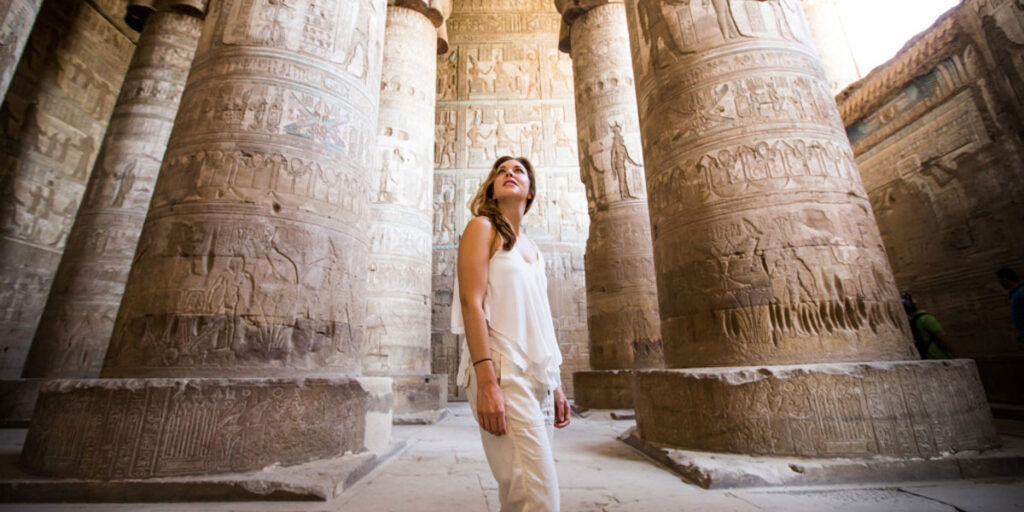
If you only take one cultural day trip from Hurghada, make it Luxor. Often called the “world’s greatest open-air museum,” Luxor sits on the banks of the Nile and holds more ancient wonders than any other city on Earth.
How to Get There
Luxor is about 4 hours by road from Hurghada. Many tour operators offer day trips with early morning departures, including air-conditioned buses, guides, and lunch. Private tours are also available for a more comfortable and flexible experience.
The Must-See Highlights
Temple of Karnak
Your journey begins at Karnak Temple, a massive complex dedicated to the god Amun-Ra. With its towering columns, sacred lake, and monumental statues, Karnak showcases the grandeur of Egypt’s New Kingdom. Walk through the Hypostyle Hall — one of the most impressive architectural spaces in human history — and imagine the ceremonies that once took place there.
The Valley of the Kings
On Luxor’s West Bank lies the Valley of the Kings, where Egypt’s most powerful pharaohs were buried. The tombs of Tutankhamun, Ramses VI, and Seti I reveal intricate wall paintings that have survived for millennia. Each tomb tells a story of life, death, and rebirth.
Temple of Hatshepsut
Next, visit the Temple of Queen Hatshepsut, a masterpiece carved into limestone cliffs. This temple honors Egypt’s most successful female pharaoh and offers panoramic desert views. Its symmetry and beauty make it a photographer’s dream.
Colossi of Memnon
Two massive stone statues — the Colossi of Memnon — guard the entrance to the Theban necropolis. These 18-meter giants once stood before the now-lost Mortuary Temple of Amenhotep III.
Why It’s a Must-Do
A day trip to Luxor offers more than sightseeing — it’s a journey back to the age of pharaohs, hieroglyphs, and monumental architecture. Even a single day here leaves an impression that lasts a lifetime.
3. Cairo: The Pyramids, the Sphinx, and the Treasures of the Pharaohs
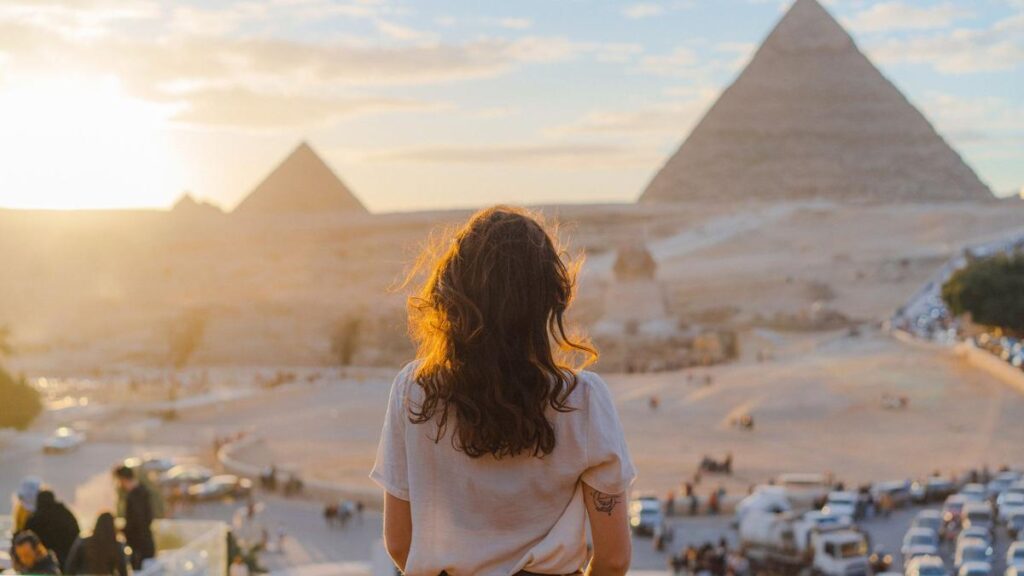
For travelers seeking Egypt’s most iconic landmarks, Cairo is the ultimate cultural excursion from Hurghada. The journey takes about 6 hours by bus or just 1 hour by domestic flight, making it an accessible adventure from the coast.
Giza Plateau: The Pyramids and the Sphinx
Nothing compares to the moment you first lay eyes on the Great Pyramid of Giza — one of the Seven Wonders of the Ancient World. Standing for over 4,500 years, it remains a symbol of human ingenuity and mystery.
Most tours include time to explore all three pyramids — Khufu, Khafre, and Menkaure — as well as the Great Sphinx, whose silent gaze has guarded the desert for millennia. You can even enter one of the smaller pyramids to experience the ancient interior passageways.
The Egyptian Museum
Next, head to the Egyptian Museum in downtown Cairo, home to over 120,000 artifacts. Marvel at the golden mask of Tutankhamun, royal mummies, and everyday objects from ancient life. The museum’s vast collection paints a vivid picture of Egypt’s glorious past.
Khan el-Khalili Bazaar
End your day in the Khan el-Khalili market, one of the oldest bazaars in the Middle East. Its narrow lanes are filled with colorful textiles, handmade jewelry, spices, and souvenirs. It’s a great place to interact with locals and experience Cairo’s vibrant energy before returning to Hurghada.
Tips for Families and First-Time Visitors
- Opt for a private or small-group tour for a smoother experience.
- Bring a hat, sunscreen, and plenty of water.
- A short flight from Hurghada to Cairo maximizes sightseeing time and minimizes travel fatigue.
4. St. Anthony’s and St. Paul’s Monasteries: A Journey into Egypt’s Spiritual Heritage
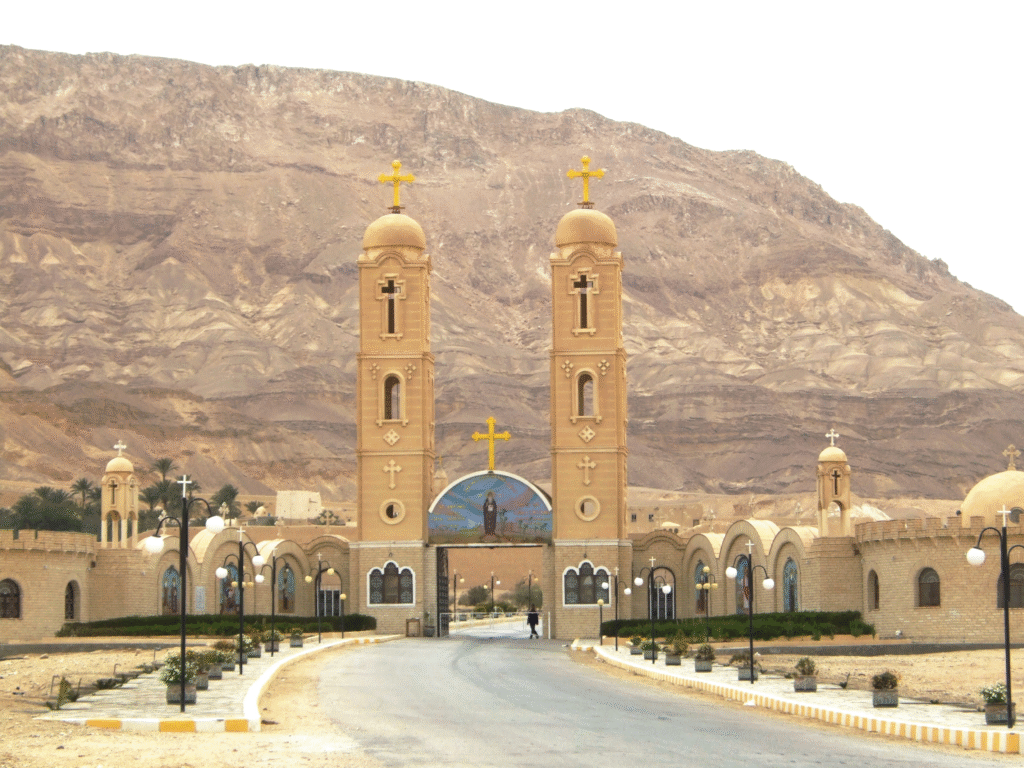
Few travelers realize that Egypt is not only the cradle of pharaonic civilization but also a birthplace of Christian monasticism. Located in the Eastern Desert, about 3 hours north of Hurghada, the monasteries of St. Anthony and St. Paul are among the oldest in the world.
St. Anthony’s Monastery
Founded in the 4th century AD near the cave where St. Anthony the Great lived as a hermit, this monastery remains an active spiritual community today. The complex includes ancient churches with colorful Coptic frescoes, a sacred spring, and peaceful courtyards surrounded by desert cliffs.
St. Paul’s Monastery
Not far away lies St. Paul’s Monastery, dedicated to one of the earliest Christian hermits. Its remote setting — nestled deep in a mountain valley — gives visitors a profound sense of peace and solitude. The monastery’s library preserves some of the oldest Christian manuscripts in existence.
Why Visit These Monasteries?
A visit here offers a glimpse into Egypt’s early Christian history, far removed from the pharaohs and pyramids. For travelers interested in spirituality, history, or architecture, these monasteries represent a timeless connection between faith and desert life.
5. El Quseir: Egypt’s Forgotten Port Town
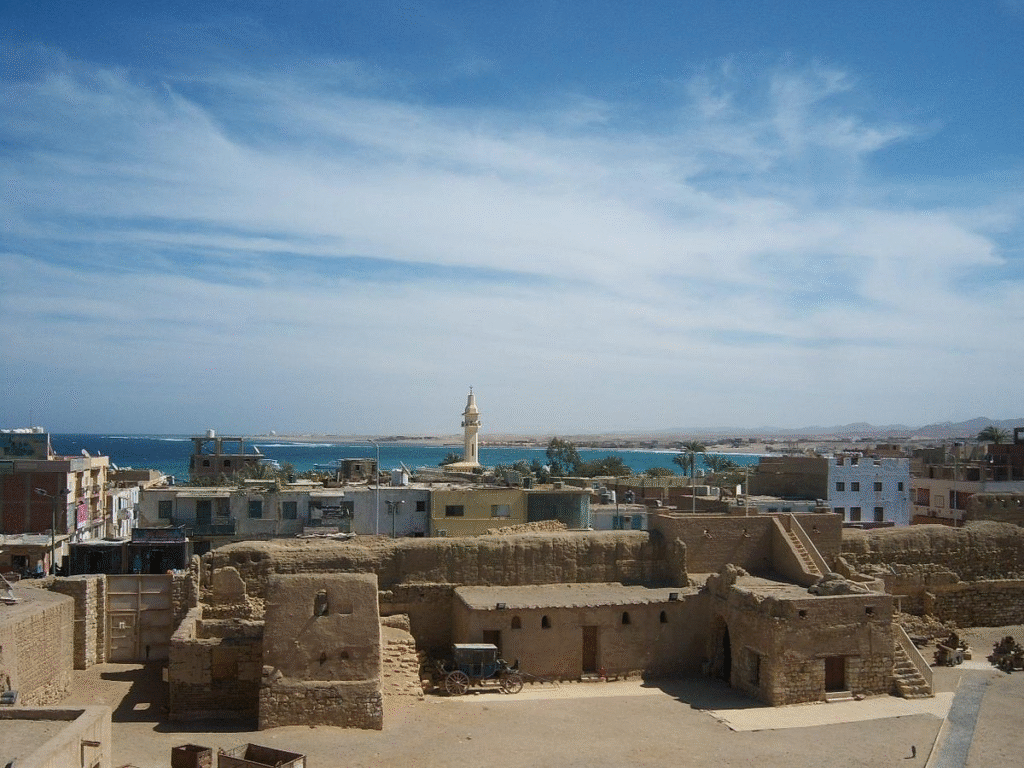
About 140 kilometers south of Hurghada, the coastal town of El Quseir offers a quieter, more authentic slice of Egyptian life. Once a major port for trade with Arabia and Africa, El Quseir is now a peaceful fishing town full of history and charm.
Historical Highlights
- Ottoman Fort (16th century): Built to protect the Red Sea coast from invaders, it offers panoramic views and insight into Egypt’s maritime history.
- Old Town Streets: Stroll through narrow lanes lined with coral-stone houses, colorful wooden doors, and bustling local markets.
- Historic Mosques and Churches: Reflecting centuries of multicultural influence, the town’s places of worship highlight Egypt’s rich religious diversity.
Local Experiences
Visitors can shop for handmade crafts, taste traditional seafood dishes, or enjoy a relaxed cup of tea with locals. El Quseir is ideal for travelers seeking an authentic, off-the-beaten-path experience without the crowds of Hurghada or Cairo.
6. The Desert Monasteries and Shrines of the Red Sea Mountains

Beyond the main roads connecting Hurghada with Luxor and Cairo lie hidden monasteries and shrines tucked into the Red Sea mountains. These sacred sites reveal another dimension of Egyptian culture — one rooted in simplicity, devotion, and desert resilience.
Monastery of St. Shenouda
Located near Sohag but sometimes included in extended tours from Hurghada, this site was once a powerful center of Coptic scholarship. Though it requires a longer journey, it offers visitors a rare opportunity to see how Christianity flourished in Egypt’s deserts long before European history began recording it.
Bedouin Villages and Desert Shrines
Some tours combine monastery visits with stops at Bedouin villages, where travelers can share tea with local families and learn about nomadic traditions that have endured for centuries. These cultural exchanges provide a human connection that brings Egypt’s spiritual landscape to life.
7. Qena and Dendera Temple: A Hidden Gem of Ancient Egypt
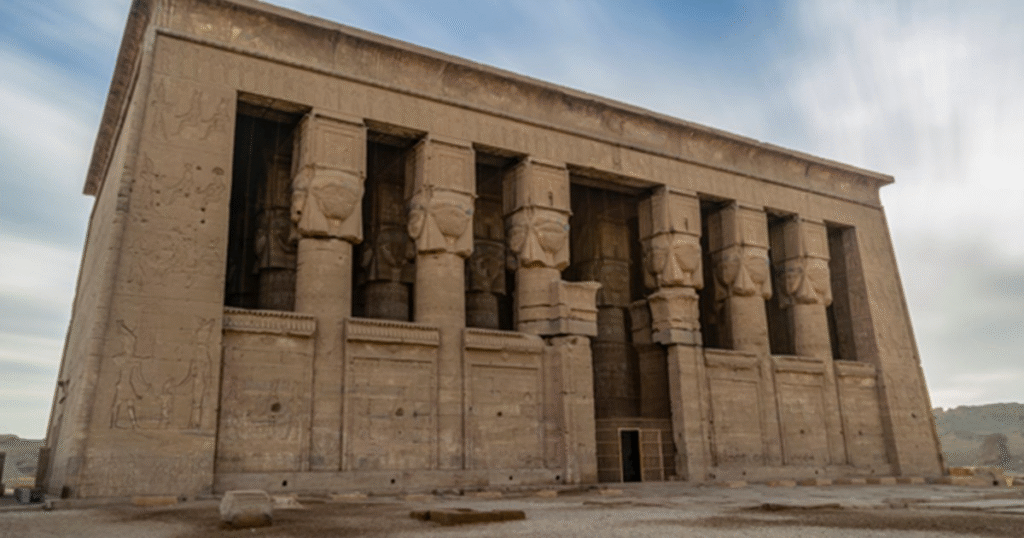
For those seeking a less-crowded alternative to Luxor, a day trip to Dendera Temple near Qena is an excellent choice. It’s about 3.5 hours from Hurghada, making it possible to visit and return the same day.
Temple of Hathor
The Dendera complex is dedicated to Hathor, the goddess of love, music, and motherhood. Its beautifully preserved carvings, starry ceilings, and underground crypts make it one of Egypt’s most complete temples. Don’t miss the famous Zodiac of Dendera, a celestial map that fascinated early astronomers.
Why Dendera Stands Out
Unlike the bustling sites of Luxor, Dendera offers tranquility and time to explore at your own pace. The temple’s artwork retains vibrant colors, giving visitors a rare glimpse into how temples looked thousands of years ago.
8. Cultural Experiences Closer to Hurghada
If you’d rather not travel too far, Hurghada and its surroundings also offer local cultural experiences that reveal everyday Egyptian life.
Hurghada Old Town (El Dahar)
Explore the city’s historic quarter, with its lively souk, mosques, and traditional cafés. It’s a great place to practice a few Arabic phrases, shop for spices, and meet friendly locals.
Bedouin Dinner in the Desert
Join a desert safari that ends with an evening in a Bedouin camp. Enjoy traditional food, tea, and music under a sky full of stars. These tours blend culture, storytelling, and hospitality — a gentle introduction to Egypt’s desert traditions.
Mosque and Church Visits
Hurghada’s central El Mina Mosque and nearby Coptic Church are open to visitors outside prayer hours. Visiting both offers a glimpse into Egypt’s coexistence of Islam and Christianity — a reflection of the country’s diverse heritage.
9. Tips for Planning Cultural Excursions from Hurghada
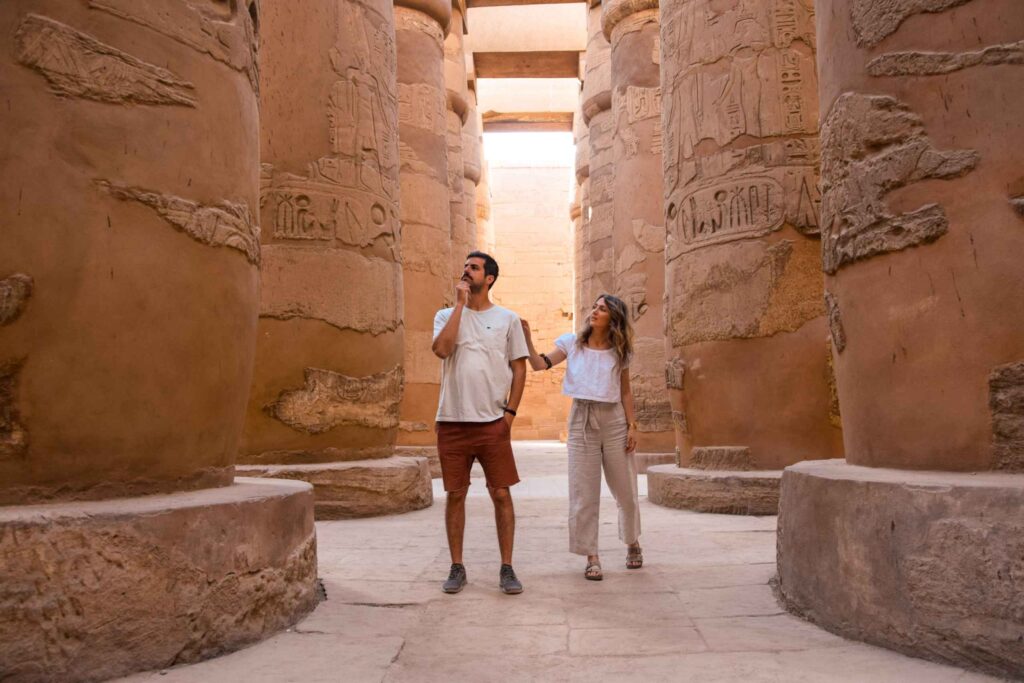
To make the most of your cultural day trips, keep these practical tips in mind:
- Book with reputable operators. Always choose licensed companies that provide professional guides, insured vehicles, and clear itineraries.
- Start early. Many tours depart before sunrise to maximize sightseeing time.
- Bring essentials. Water, sunscreen, hats, and comfortable shoes are must-haves.
- Stay hydrated and pack snacks. Especially important for long journeys to Luxor or Cairo.
- Dress modestly. For visits to religious sites, cover shoulders and knees.
- Carry cash. Some temples and shops don’t accept cards.
- Combine culture with comfort. Consider splitting longer trips into two-day excursions with overnight stays for a more relaxed pace.
10. Suggested Itinerary: A Week of Culture and Relaxation from Hurghada
Here’s how you can combine sightseeing and leisure into one unforgettable week:
- Day 1: Arrival, check-in, and beach relaxation.
- Day 2: Snorkeling or glass-bottom boat trip to Giftun Island.
- Day 3: Full-day trip to Luxor (Karnak, Valley of the Kings, Hatshepsut).
- Day 4: Relaxation day or spa treatment at your resort.
- Day 5: Desert safari with Bedouin dinner and stargazing.
- Day 6: Cultural excursion to St. Anthony’s and St. Paul’s Monasteries.
- Day 7: Visit Hurghada Old Town for shopping and local dining.
This itinerary balances Egypt’s cultural depth with the rejuvenating rhythm of the Red Sea coast.
11. The Cultural Heart of Egypt Awaits

Hurghada isn’t just a beach paradise — it’s a gateway to Egypt’s most extraordinary cultural heritage. Within hours, you can travel from coral reefs to ancient temples, from desert monasteries to bustling bazaars.
Whether you’re fascinated by the pharaohs, intrigued by early Christian history, or simply eager to experience authentic Egypt, these top cultural day trips from Hurghada offer the best of both worlds: discovery and relaxation.
By the end of your stay, you’ll realize that the true magic of Egypt lies not only in its sands and seas but in its stories — carved in stone, painted on temple walls, and carried in the smiles of the people you meet along the way.

